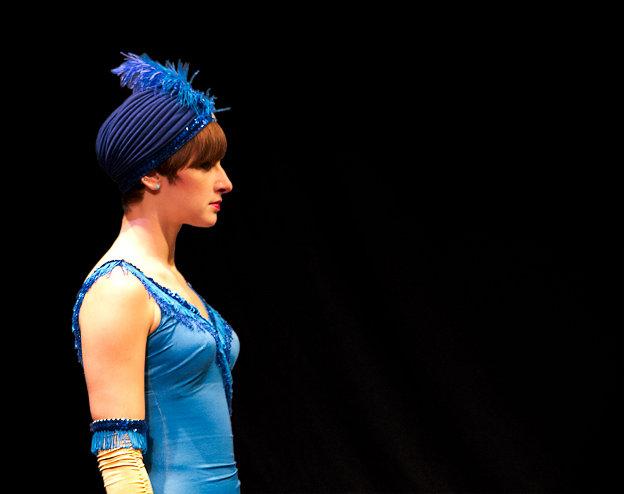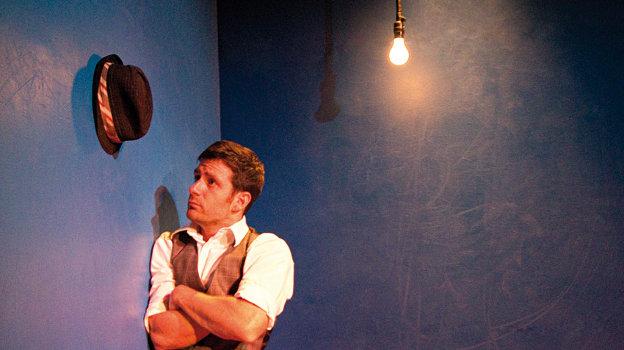Walking out of the Queen Elizabeth Hall last night, a young chap in front of me looked up at his father and asked: ‘Can I fly when I’m a hundred, dad?’
Such was the wonder and joyous enthusiasm created by Cirque Alfonse with their London debut of Timber – an all-singing, all-dancing, banjo-fuelled hoedown with a few tweaks and a cheeky twist of pretty much every circus discipline in town – hill-billy style. Yee haw.
It’s easy to be cynical about what often appears to be ‘authentic’ reinventions of the form, but in this case it’s 100% genuine. Three generations of an extended family led by Grandpa Alain Carabinier (he of the flying grandad fame – more of that later) created this show in the family barn in the tiny town of Saint-Alphonse-Rodriguez, Quebec. As children Carabinier used to drive them 150 kilometres for circus lessons every week and they eventually rewarded him with their own travelling show. Their joie de vivre and family bonhomie is infectious and the backstory only adds to the enjoyment.
There’s no innovation here, but nor does there try to be. What we get instead is deft use of well-designed and adapted objects: the Chinese pole (a giant crooked stick), acrobalance (on logs), tightwire (another length of tree), cyr wheel (a wagon wheel) – you get the picture. Buffoonery, barndancing and banjos are the order of the day as the family argue, fuss and fight amidst the ordered chaos and lumbering, yet agile, physicality of the heavyweight bearded farmer boys. Jonathan Casaubon is the star of the show – a multi-skilled performer with a disciplined approach sometimes lacking in some of the other set pieces. However, the often deliberate and only occasional sloppiness just adds to the charm of the piece.
Look closer and there is some beautiful and intricate work on display at times. The axe juggling and acrobalance is executed with pizazz and care, whilst the clowning, although non-too subtle, makes the kids, big and small, roar with laughter. When Carabinier is repeatedly launched by his son-in-law into the stratosphere he manages some deft turns and spins as he soars above the front few rows. Julie Carabinier-Lépine’s duet on straps with her husband feels a little tacked on at the end, but it’s a fitting climax and is well performed. Added cute factor comes from an appearance of their toddler of a son who even manages an acrobatic feat himself at the curtain call.
Timber doesn’t break any new ground, but it’s a fun, frivolous and celebratory night out for the whole family. Pull on your clogs, plaid shirt and dungarees and go make hay at the South Bank with this rustic romp.








